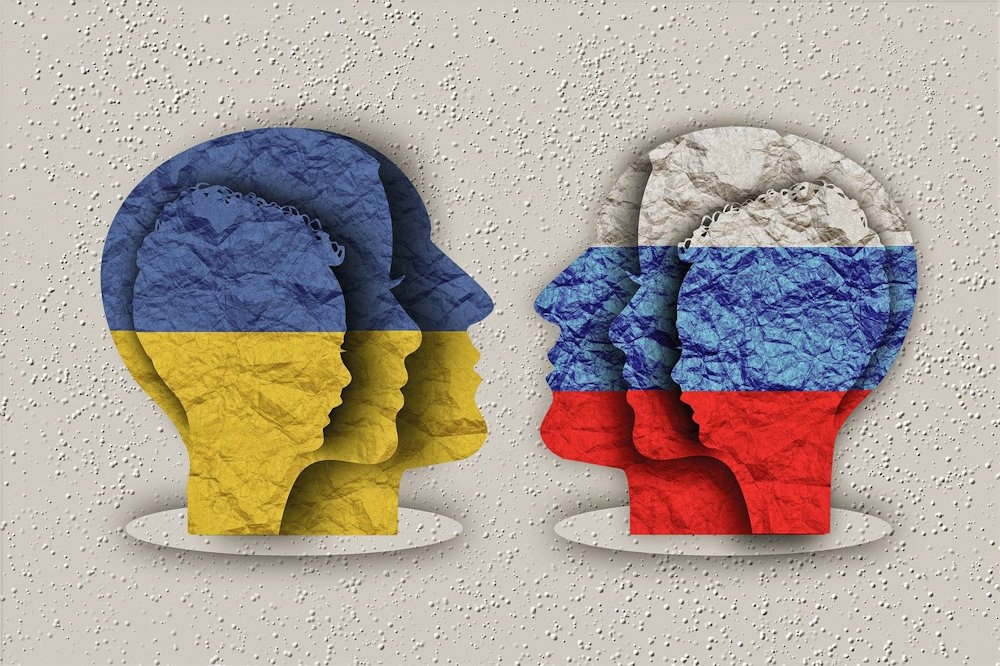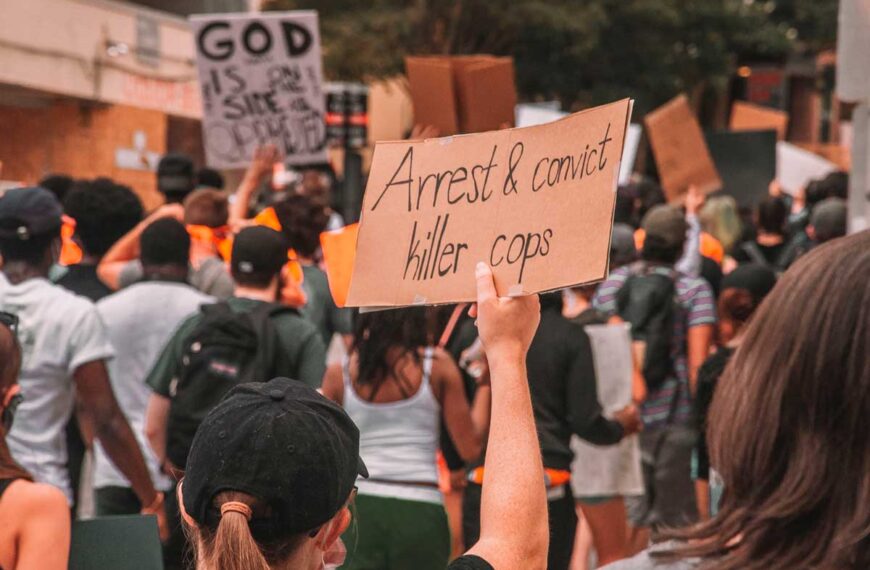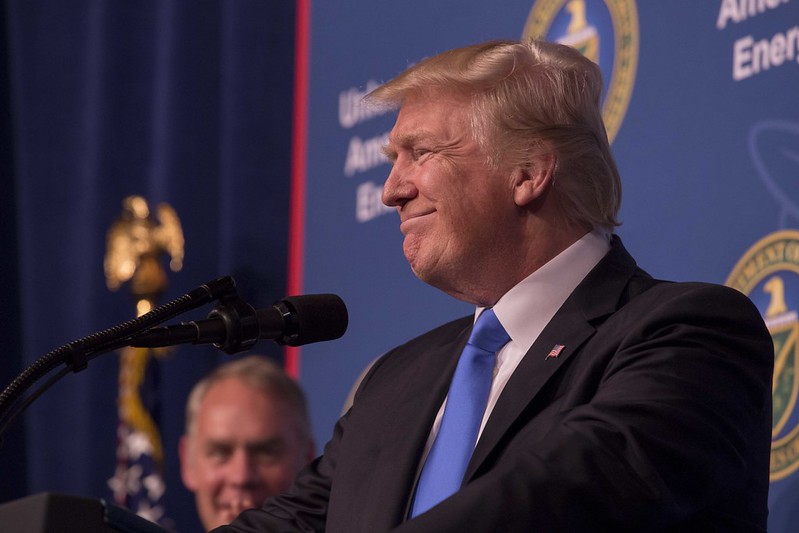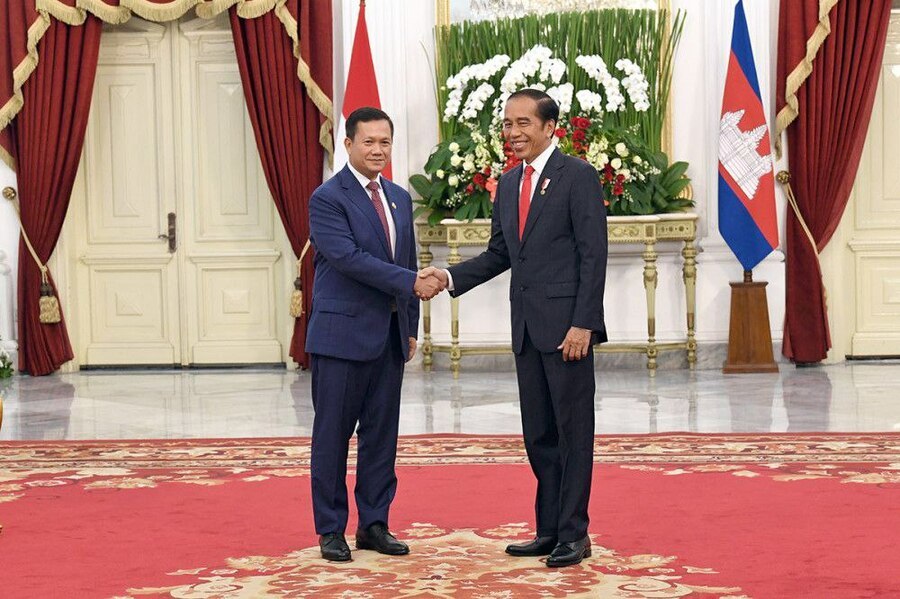The war between Russia and Ukraine has been raging for more than a year, with no sign of a peaceful resolution. The conflict has claimed thousands of lives, displaced millions of people, and threatened the stability of Europe and the world. How will this war end? Here are three possible scenarios, based on the current situation and the interests of the main actors involved.
Scenario 1: A negotiated settlement
This is the most desirable outcome for both sides, as well as for the international community. A negotiated settlement would involve a ceasefire, a withdrawal of Russian troops from Ukrainian territory, and a political dialogue to address the root causes of the conflict. The settlement would also respect the sovereignty and territorial integrity of Ukraine, while granting some degree of autonomy to the pro-Russian regions in the east. The settlement would be backed by guarantees from the United States, the European Union, and other key players, who would provide economic and security assistance to both countries.
This scenario would require a significant shift in the positions of both Russia and Ukraine, as well as a willingness to compromise and cooperate. Russia would have to accept that its annexation of Crimea is illegal and irreversible, and that it cannot impose its will on its neighbor by force. Ukraine would have to acknowledge that it cannot defeat Russia militarily, and that it has to address the legitimate grievances and aspirations of its eastern population. Both sides would have to overcome their mutual distrust and hostility, and engage in a constructive dialogue.
The chances of this scenario happening are low, but not impossible. The main obstacle is the lack of political will and leadership on both sides, as well as the influence of hardliners who oppose any form of dialogue or concession. The pressure from the international community, especially from the United States and the European Union, could play a positive role in facilitating a diplomatic solution, but it could also backfire if it is seen as too intrusive or biased.
Scenario 2: A frozen conflict
This is the most likely outcome for the foreseeable future, given the current stalemate and deadlock. A frozen conflict would mean that the war would continue at a low intensity, with occasional flare-ups and skirmishes, but without any major escalation or breakthrough. The status quo would be maintained, with Russia controlling Crimea and parts of eastern Ukraine, and Ukraine holding the rest of its territory. The conflict would remain unresolved, but not unmanageable.
This scenario would be acceptable for Russia, which would achieve its main objectives of preventing Ukraine from joining NATO or the European Union, and keeping it within its sphere of influence. It would also be tolerable for Ukraine, which would preserve its independence and sovereignty, and continue its integration with the West. It would also be convenient for the international community, which would avoid a direct confrontation with Russia or a humanitarian catastrophe in Ukraine.
However, this scenario would also entail significant costs and risks for all parties involved. It would prolong the suffering and insecurity of the people on both sides of the front line, who would face violence, displacement, poverty, and human rights violations. It would also undermine the stability and prosperity of the region, which would suffer from economic sanctions, political isolation, and social polarization. It would also create a dangerous precedent for other conflicts around the world, where external actors could intervene militarily to change borders or support separatist movements.
Scenario 3: An escalated full-scale war
This is the worst-case scenario for everyone involved, as well as for the world at large. A full-scale war would mean that the conflict would escalate into an open and direct confrontation between Russia and Ukraine, with possible involvement of other countries or alliances. The war would be devastating for both sides, causing massive casualties, destruction, displacement, and humanitarian crises. The war could also spread beyond the region, triggering a global crisis or even a nuclear confrontation.
This scenario would be disastrous for Russia, which would face international isolation, economic collapse, political turmoil, and military defeat. It would also be catastrophic for Ukraine, which would lose its sovereignty, territory, and identity as a nation. It would also be calamitous for the international community, which would witness a breakdown of the rules-based order, a violation of human rights, and a threat to peace and security.
The chances of this scenario happening are very low, but not zero. The main trigger could be an accidental or intentional provocation, such as a terrorist attack, a false flag operation, or a miscalculation by either side. The main deterrent could be the awareness of the consequences and the costs of such a war, as well as the pressure from the public opinion and the civil society, who would demand a peaceful resolution of the conflict.
In the end, we all hope for the best that the war will end ASAP.












